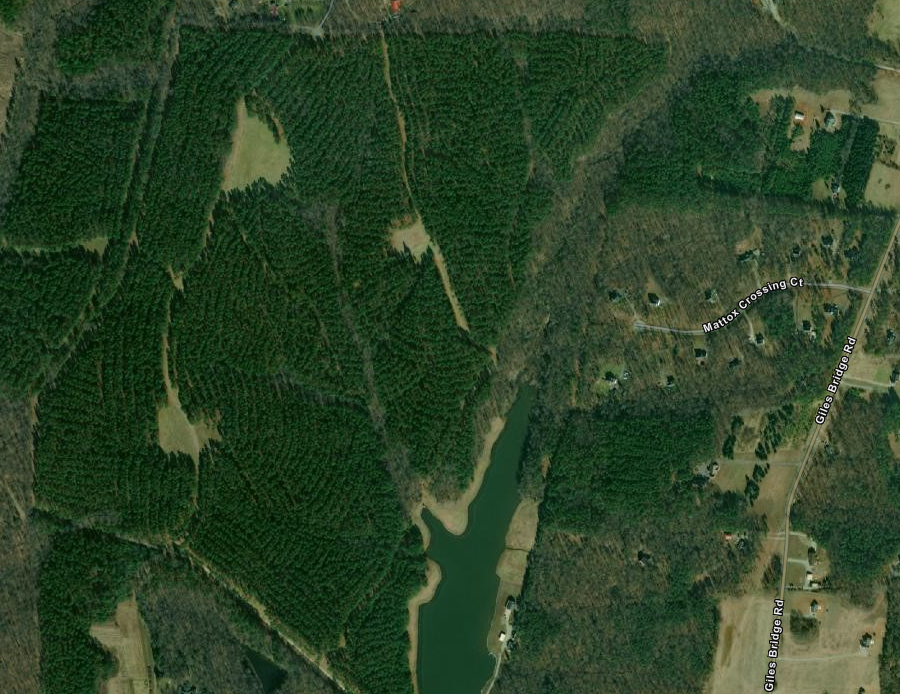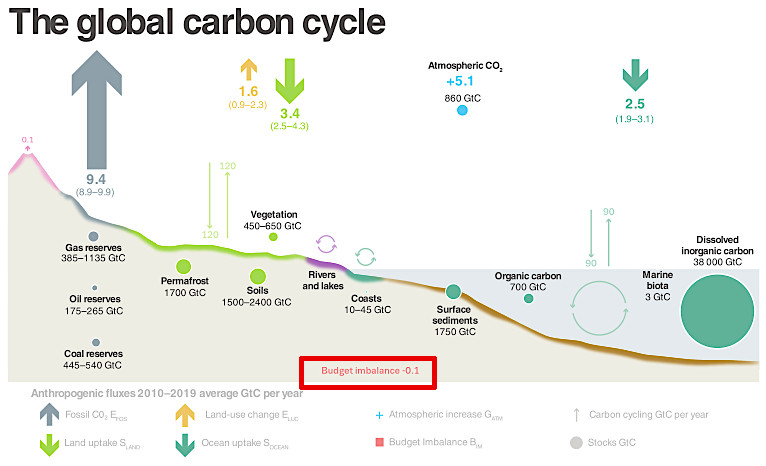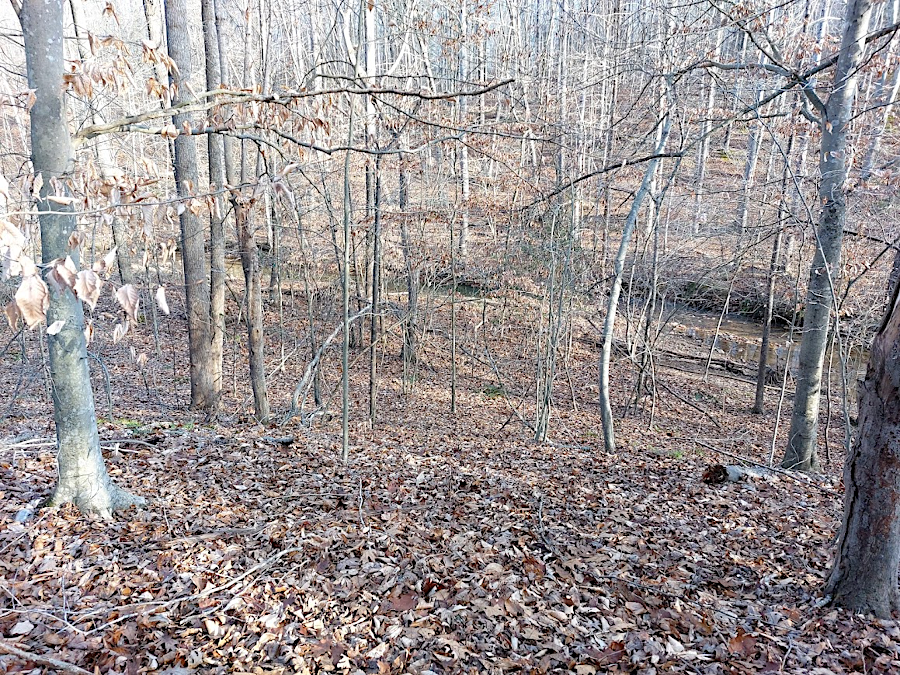
pine plantations can capture carbon for several decades, and lumber can retain it for another century
Source: ESRI, ArcGIS Online

pine plantations can capture carbon for several decades, and lumber can retain it for another century
Source: ESRI, ArcGIS Online
Over the last three centuries, excessive amounts of carbon have been added to the atmosphere by burning coal, oil, and natural gas. Natural processes that extract carbon from the atmosphere, including absorption into the ocean, have been overwhelmed by the steady increase from use of fossil fuels, a demonstrated by the steady climb of carbon dioxide (CO2) in the atmosphere. Reduction of natural vegetation, especially in the Amazon River watershed, has limited the ability of plants to extract and sequester CO2 at a rate equal to the unnatural increase.
There are ways to extract more CO2 through carbon capture, utilization and storage (CCUS) techniques.
The most expensive proposals for removing carbon dioxide from the atmosphere involve constructing facilities to separate it from nitrogen, oxygen, and other gases and inject the carbon dioxide into rock formations underground. The proposals do not involve creating massive underground storage rooms. Instead, the CO2 is intended to interact chemically with oxygen and sulfur, already part of various minerals at depth, to create stable carbonates and sulfides. Those minerals will convert the CO2 from a gas to a solid, so it will not leak back through fissures in the bedrock to the atmosphere.
The least expensive techniques to sequester carbon is to rely upon natural photosynthesis to convert the carbon dioxide gas into cellulose and other materials within plants. The surface part of annual plants die and decay each year, returning much of their carbon back to the atmosphere, but their roots can create exudates and keep carbon in the soil. Perennials, especially trees, are particularly effective at capturing and retaining carbon for decades and even centuries. When trees are harvested, lumber products can keep carbon sequestered in buildings for even longer. Even paper, when buried in a landfill, traps carbon underground. However, burning firewood and wood chips for "renewable" electricity immediately puts CO2 back into the sky.
State agencies have calculated that forests in Virginia offset nearly 20% of the state's annual CO2 emissions, and the standing trees serve as a "carbon sink" that has sequestered 37 years of emissions. Conversion of forests to other land uses releases carbon through burning of woody debris and disturbance of carbon in the soils:1

anthropogenic activities add more carbon each decade than natural processes can sequester, creating a steady increase in atmospheric CO2 levels
Source: ESRI, Global Carbon Budget 2020
Forest preservation and restoration projects in Southwest Virginia have sold carbon credits to businesses that generate emissions. In California, a state cap-and-trade program allows emitters to exceed their authorized levels, so long as the excess is offset by reductions elsewhere. Sequestering carbon in Virginia to offset emissions in California is a valid strategy for mitigating climate change. Carbon flows around the world in the atmosphere, so it does not matter where the sequestration occurs.2
In 2022, the Mountain Valley Pipeline revealed a major project at the Buchanan Mine to create carbon offsets. That underground mine produces metallurgical coal, and is authorized by the Virginia Department of Environmental Quality (DEQ) to release methane (CH4) that otherwise would accumulate and create explosion risks in the tunnels. The mine owner, Coronado Global Resources of Australia, installed a a regenerative thermal oxidizer to convert methane into carbon dioxide (CO22O).
The carbon dioxide is also a greenhouse gas like methane and contributes to global warmer, but has a much lower impact. The sale of carbon credits increased the profitability of the Buchanan Mine, probably increasing the amount of coal that would be burned and contribute additional carbon dioxide to the atmosphere.
Climate activists were not supportive of using the methane conversion process at the mine create offsets for emissions from the Mountain Valley Pipeline, which was expanding the use of natural gas. The pipeline company announced:3
An additional technique to sequester greenhouse gases is to use regenerative agricultural practices, which can increase carbon stored within the soil. Already within the soil, fungi and microorganisms have captured 400% more carbon in stable humus polymers than in all of the world's vegetation above the surface.
Conversion of forests and grasslands to cropland results in reduction of the amount of soil organic matter. Reforestation resulted in an increase in the amount of carbon stored in the soil, at a faster rate than depletion when the land use was converted to growing crops. In a forested wildlife sanctuary in Loudoun County, soil carbon content ranged from 2-15% and averaged 5% in the top eight inches of topsoil.4

protecting natural forest regeneration is a cost-effective carbon sequestration strategy
Preserving and planting trees is a popular solution to sequestering carbon. Trees are a positive amenity; people as well as wildlife find forests attractive. Tree planting projects can be small enough for individual families to "do something" about climate change. Proposed sunshades in space, or building industrial facilities to extract carbon through direct air capture from the atmosphere and bury it underground in geologic formations, are "grey infrastructure" alternatives to a nature-based solution utilizing trees.5
An easy way to increase biological carbon sequestration in Virginia is to protect natural seedlings from being eaten by the excessively high deer population. That approach ensures growth of native plants, adapted to the local soil and climate and more likely to grow to maturity. Protecting natural regeneration also involves less labor and expense. Individual seedlings capture little carbon and most will die. The few seedlings which end up growing high into the tree canopy can actively capture carbon for 60-200 years, and retain it for decades before rotting.
To impact global warming, a massive number of new trees need to be added to the existing stock in order to convert carbon dioxide into woody tissue. Based on a report by the National Aeronautics and Space Administration (NASA), the Loudoun Wildlife Conservancy advised its members in 2024:6